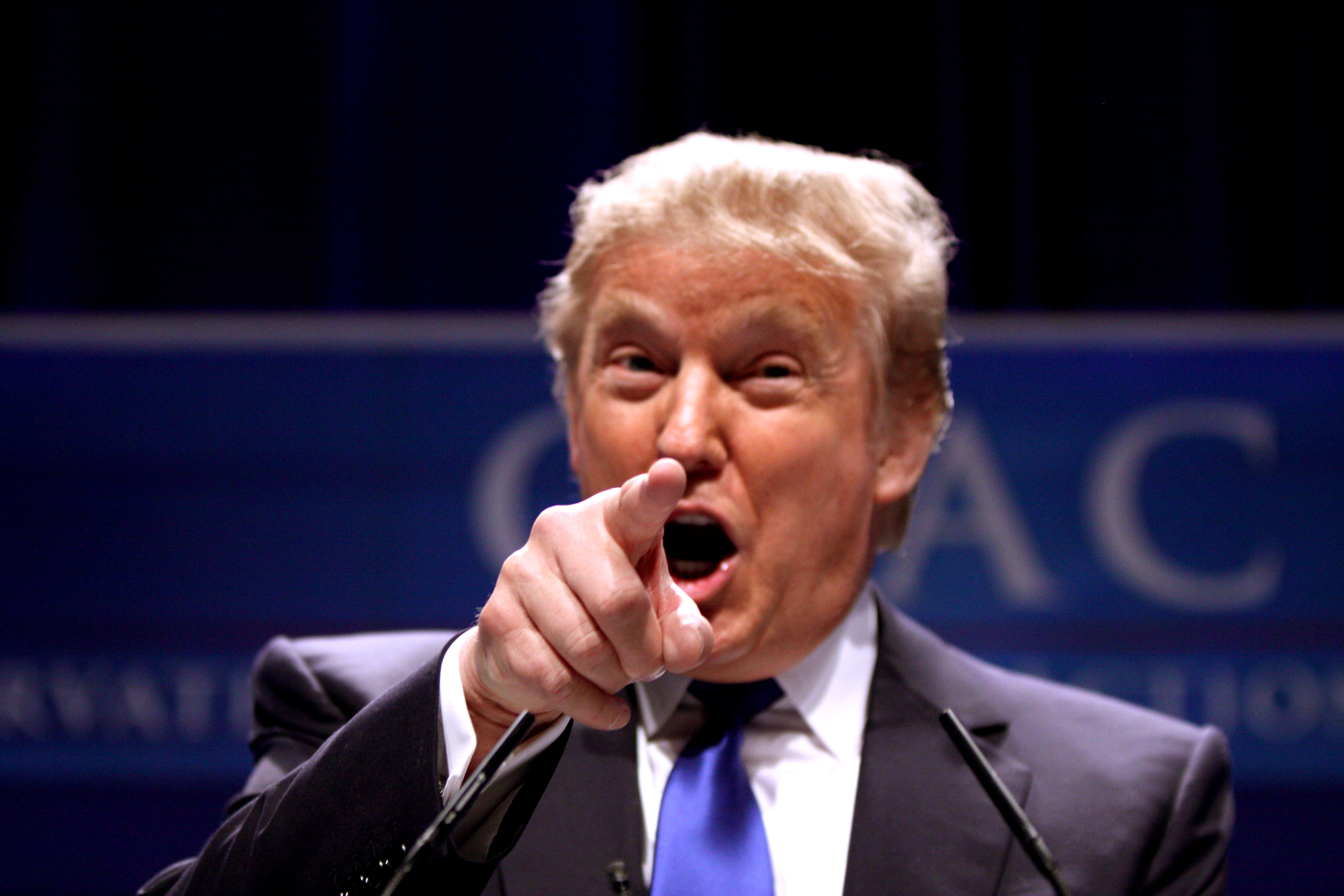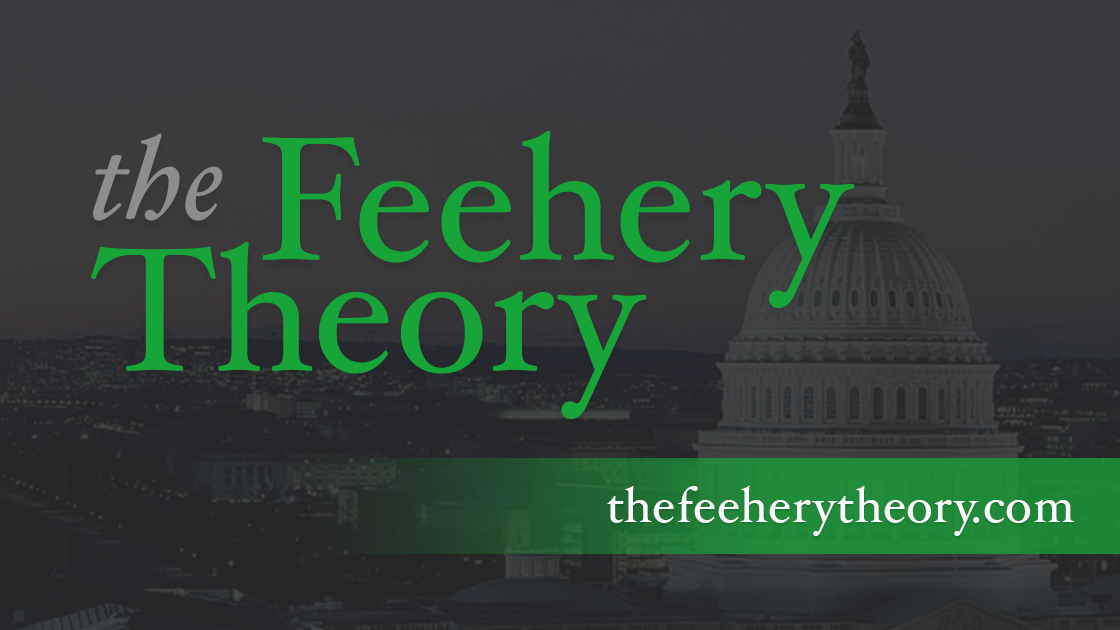Tea Party Down; Donald Trump Up
Posted on October 26, 2015

Photo Credit: Gage Skidmore (https://www.flickr.com/photos/gageskidmore/5440002785)
This, from The Hill: Americans’ support of the Tea Party is at its lowest point since the movement’s inception, according to a new poll. Support for the Tea Party is at 17 percent, Gallup found, down 15 points from its high.
And this, from the Associated Press: Republican voters view Donald Trump as their strongest general election candidate, according to an Associated Press-GfK poll that highlights the sharp contrast between the party's voters and its top professionals regarding the billionaire businessman's ultimate political strength.
Seven in 10 Republican and Republican-leaning registered voters say Trump could win in November 2016 if he is nominated, and that's the most who say so of any candidate. By comparison, 6 in 10 say the same for retired neurosurgeon Ben Carson, who, like Trump, has tapped into the powerful wave of antiestablishment anger defining the early phases of the 2016 contest.
What does it all mean?
Well, first it means that Donald Trump has a much better brand than the Tea Party, at least if the polls have anything to say about it.
The Tea Party has always been a fringe group. Sometimes, the fringe has more support and sometimes is has less support. We are going into a period where the fringe is trending more towards the fringe.
The New York Times revealed in a story last week that most of the Tea Party groups are sham operations that raise money not to sup port candidates or causes, but rather to support their own consultants. Here is an excerpt from the Times story:
Campaign finance documents examined by The New York Times show that the PACs and other groups running many of these petition drives have a history of spending most of the money they raise on consulting firms, as opposed to using it to support political candidates, in stark contrast to how most PACs function.
The efforts employ similar tactics. Conservative outlets like Breitbart or The Washington Examiner are given “exclusive” advance notice of a new effort, like the “Remove John Boehner” campaign started early last year by the Tea Party Leadership Fund.
Consultants hired by the Tea Party Leadership Fund, using rented lists of known conservative voters, then follow up with thousands of phone calls or emails urging voters to “sign this one-click petition.”
“By collecting one million petition signatures, we will show John Boehner, the liberal media and every other congressional sellout that the Tea Party is serious about returning America to greatness,” said one anti-Boehner appeal from last year.
A Tea Party Leadership Fund electronic petition this year, labeled “Boot Boehner,” urged conservative voters to “oust the sellout Republican John Boehner from his powerful position as speaker of the House.”
But in both cases, anyone filling out the petition — with their name, email address and ZIP code — was redirected to a new web page notifying the voter that “your signature has been recorded,” followed by a request for a donation.
The Freedom Caucus has been the biggest beneficiaries and biggest supporters of these groups. But as the Washington Post points out, these hard-core conservatives are now in the cross-hairs of the really hard-core right wingers who apparently despise Paul Ryan. Here is an excerpt from that story.
Things may never be the same for the Freedom Caucus after most of its members moved last week to support Rep. Paul Ryan (R-Wis.) as the next House speaker. Suddenly, they may not be conservative enough for some in the party.
The groundswell of support from hard-core conservative voters that emboldened the group as it battled Boehner and the GOP establishment seemed to subside for the first time in months. That has put its members in the unfamiliar position of defending their right flank.
“Look, I imagine that there’s theoretically a chance that [we] all went from being radical extremist crazies to Washington sellouts in 12 hours,” said Rep. Mick Mulvaney (R-S.C.), a Freedom Caucus leader. “But maybe a more likely narrative is that we really think that this is a good step for the conservative movement. And it’s up to us to try to explain that to people, and that’s what we’ve been doing.”
A more likely explanation is that the Tea Party groups have a vested interest in chaos, that talk radio hosts get more listeners when they are stirring up discord and that the only way to actually govern is to ignore the fringe and just get things done.
One thing you learn in politics is that you can’t make everybody happy. The other lesson is to pick your enemies carefully. The Tea Party is unpopular because it doesn’t stand for anything other than anarchy. It makes demands that are achievable and criticizes any efforts to govern as the work of RINO’s.
Republicans should do to the Tea Party what Bill Buckley did to the John Birch movement in the 1950’s. He beat them and then kicked them out of the conservative movement.
Donald Trump might be a novice to politics, but he is smart enough to know that he needs a broader brand than the Tea Party. He uses his celebrity status to wow voters and to tap into issues that resonate far beyond the Tea Party.
Maybe that’s why most Republicans see him as a plausible candidate just as they are running away from the Tea Party fringe.
